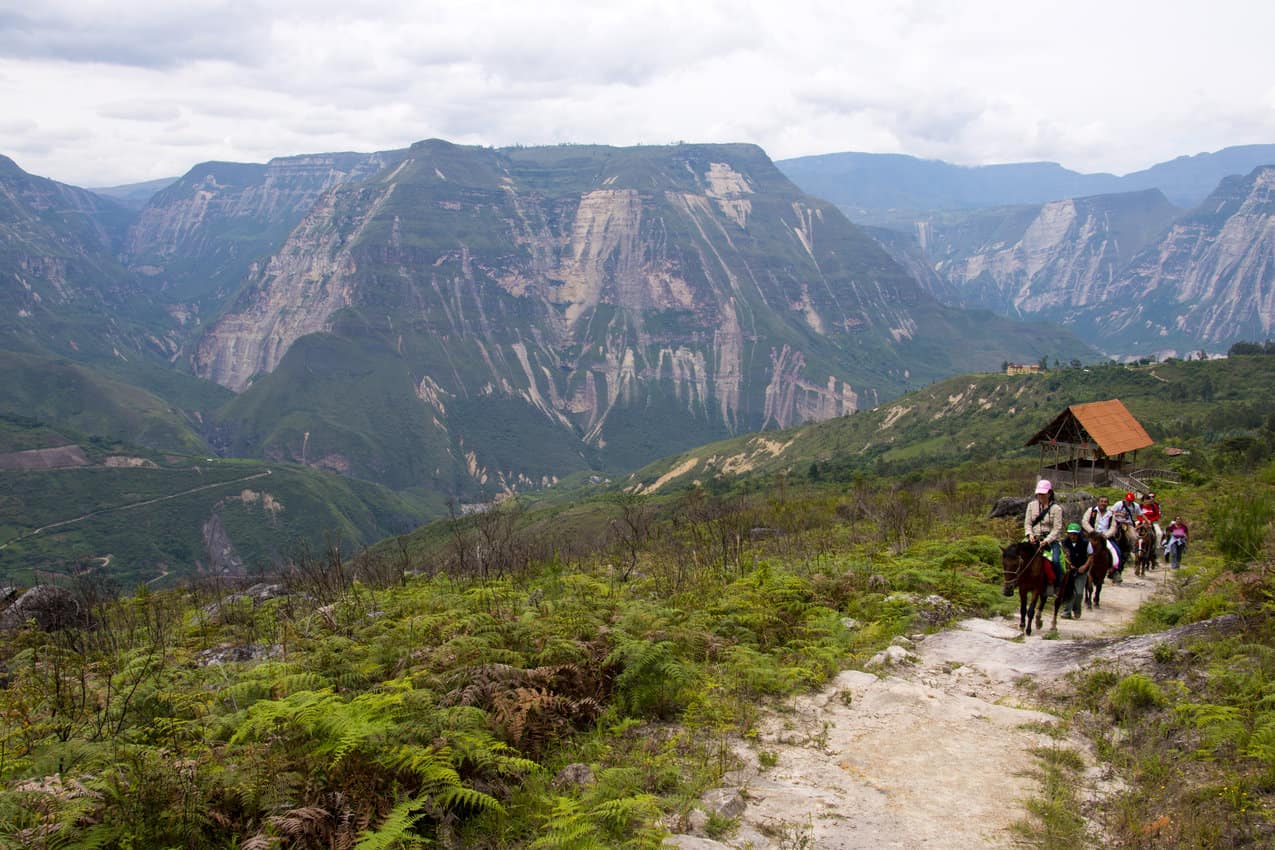
Archeologists in the Peruvian Cloud Forest in search of Chacopayan Mummies
By Margie Goldsmith
Sleep was impossible because at 3 am the roosters crowed and by the time the sun rose, the donkeys were braying. I was in the only hotel in Leymebamba, a small village at the foothills of the Peruvian Cloud Forest, about to embark on an adventure.
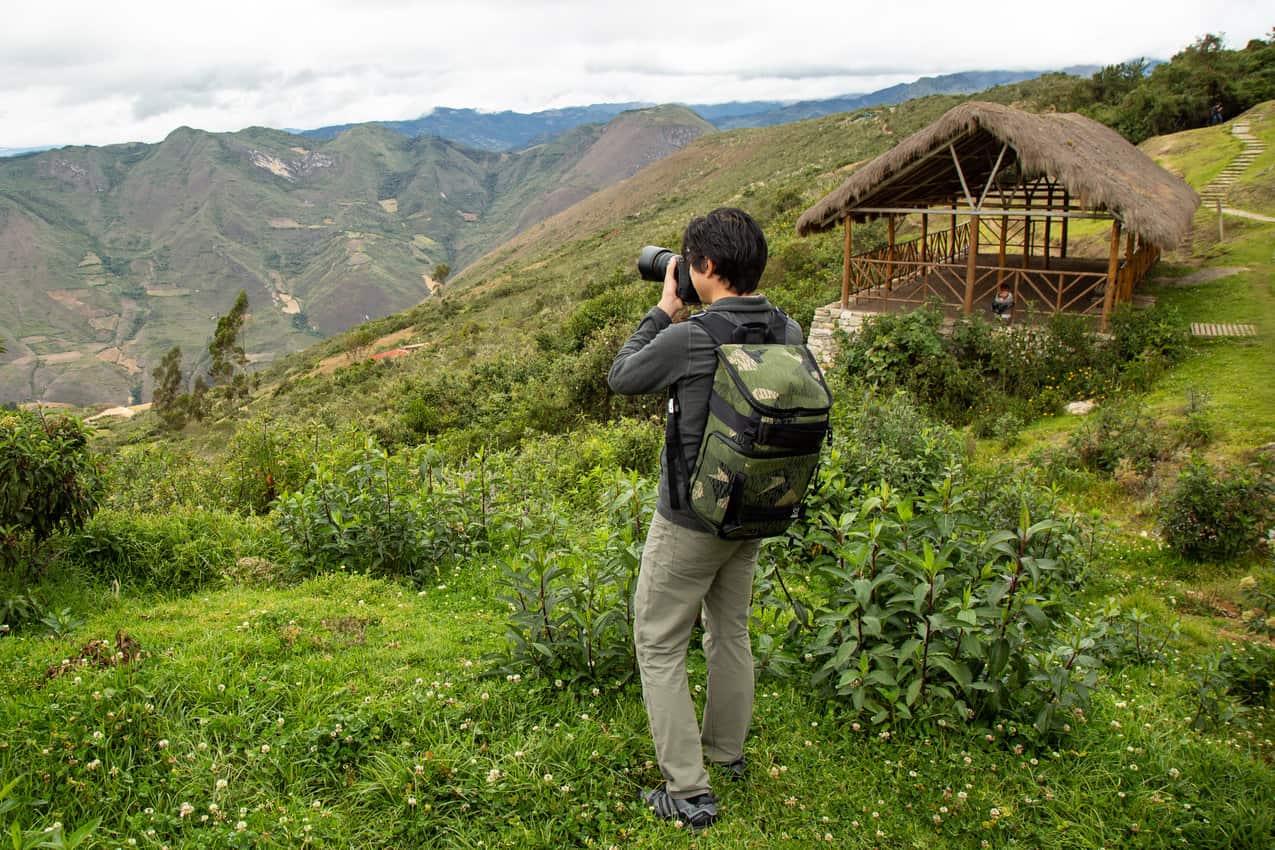
Eight of us had come on a 12-day expedition to look for pre-Inca mummies, led by Dr. Peter Lerche, a German expatriate who has lived in Peru 35 years, and is an expert on Chachapoya culture.
Twenty-five years ago, Lerche discovered 220 Chachapoya burial sites high up on cliffs in the eastern slopes of the Andean Cloud Forest.
Though dead a thousand years, the mummies still had hunks of hair, ears, nostrils and leathery skin which Lerche attributed to both the Chachapoya’s sophisticated embalming techniques and the fact that they were buried high inside dry niches, away from rain and humidity.
I was thrilled about the possibility of discovering more mummies and going to a place no American had ever been.
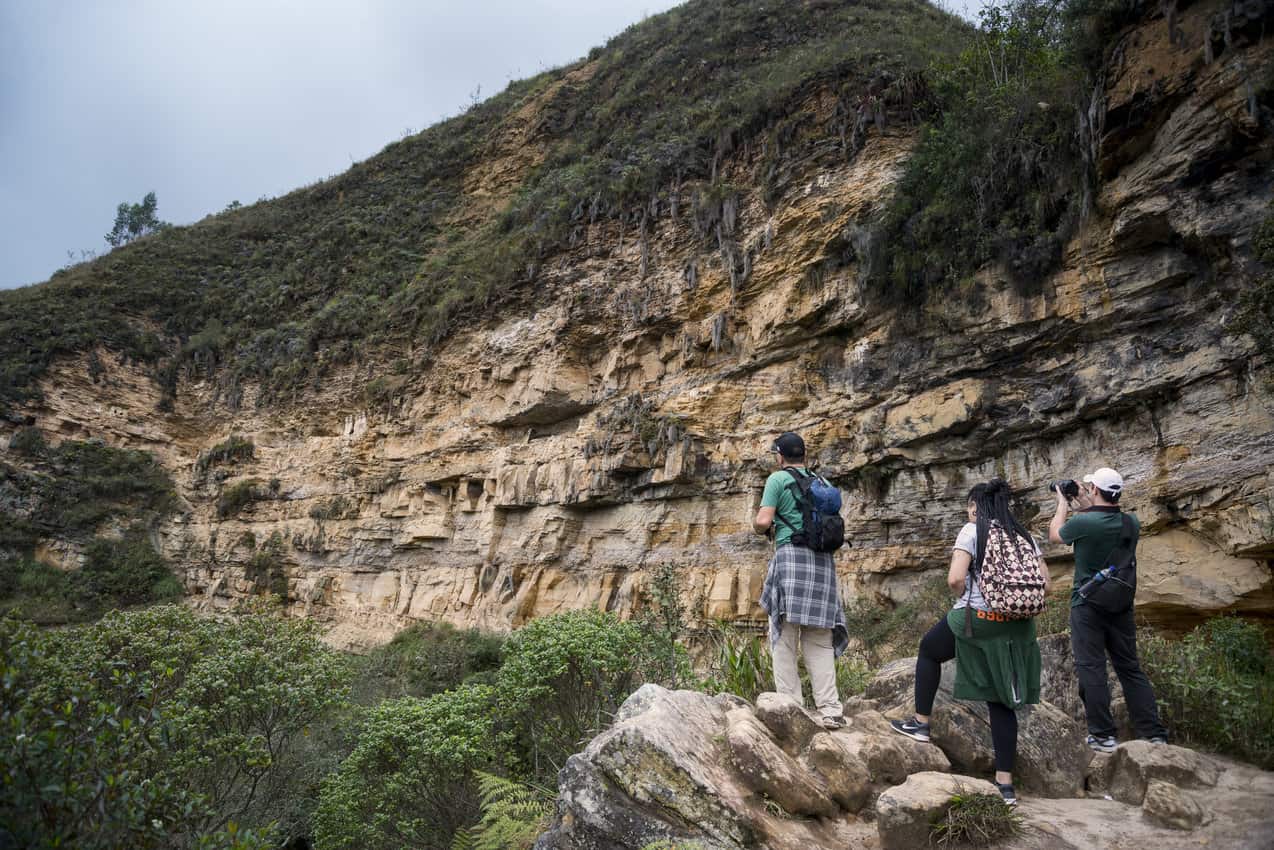
Loading Up the Pack Animals
In the courtyard, Hugo, the cook, was stuffing burlap sacks with provisions and others were loading up the pack animals. Fifty-two year old Lerche spoke to them in Quechua, one of his five languages. “Grab some of these,” he said, pointing to packs of saltines, chocolate, vanilla wafers and lemon drops. “Let’s go.” Carrying our daypacks, we followed Lerche out of the village and up a rocky trail.
Peter Lerche was Peter Pan. He seemed to fly up the trail and jumped over every boulder. We were panting, trying to keep up with him. About an hour into the trek, we came to a wooden bridge suspended over a roaring river. Just then, it began to pour.
“It’s going to be muddy,” Lerche said. “Put on rubber boots.” By the time I’d fished my rubber boots from the bottom of my pack, everyone was gone.
Racing Across a Bridge

I raced across the bridge and up the slippery trail, but saw no one, Then, a boy of about ten came towards me leading a pig. The pig bared yellow teeth, let out a loud squeal, and charged towards me as he yanked the boy along by his leash. I jumped off the path as the kid yelled something in Quechua and whacked the pig hard with a wooden stick. The boy laughed and kept going.
By the time I finally caught up, the others were sitting in a soggy clearing, eating lunch. I looked out at the heavy fog swirling between towering green peaks. It was so mystical it made me forget my clothes were soaking wet. “What’s for lunch?” I asked.
“Hugo gave you food this morning, yes?” Lerche asked.
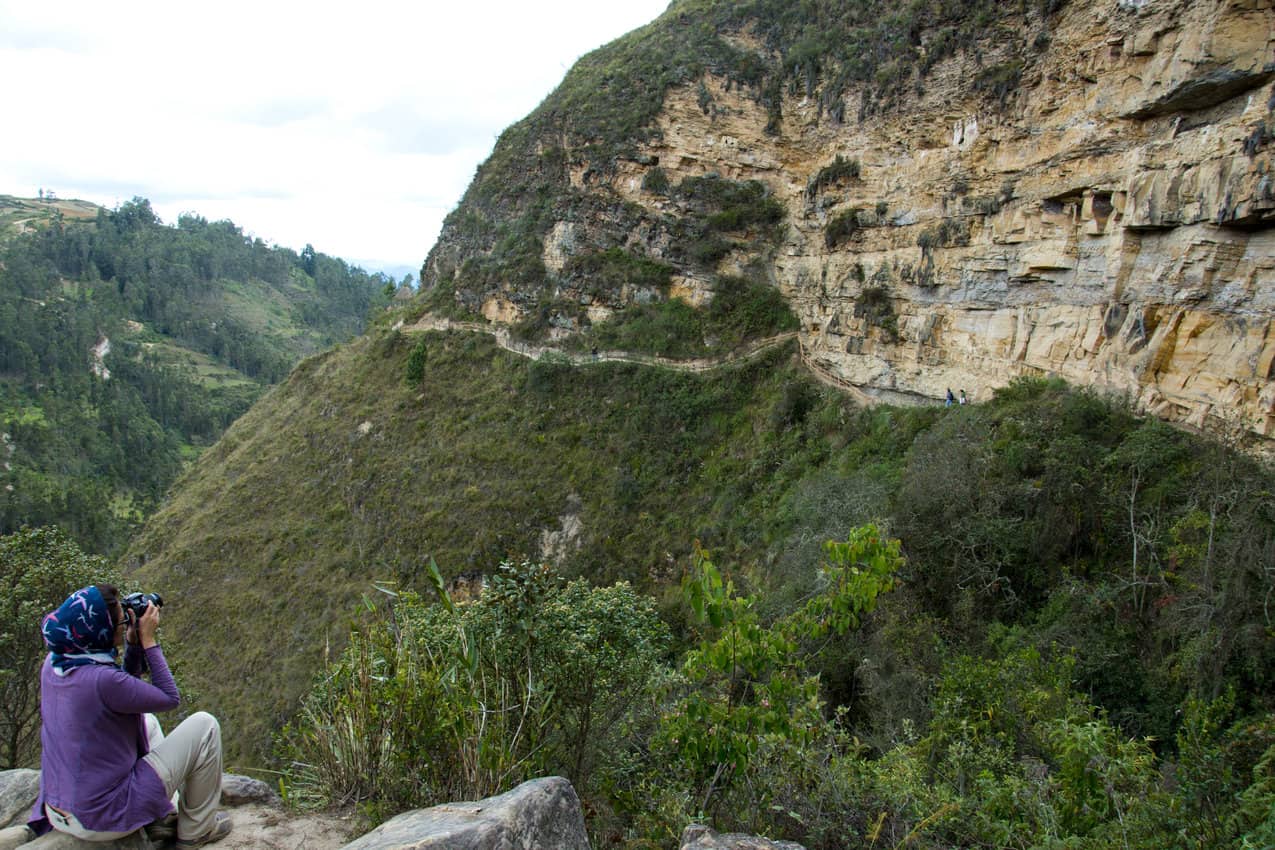
I pulled soggy crackers from my rain jacket along with three lemon drops now stuck together, a damp package of wafers and two squares of chocolate. That was lunch? I chewed on the damp saltines as Lerche stood up, slipped his arms through his canvas rucksack, and dashed off without a word. All of us jumped up, grabbed our packs, and raced after him.
Six hours from the time we’d started, we arrived at our campsite, a mud-soaked pasture covered in horse and cow dung. Dinner was served under a large tarp, and for seats, we used saddles with blankets covering them. The rain
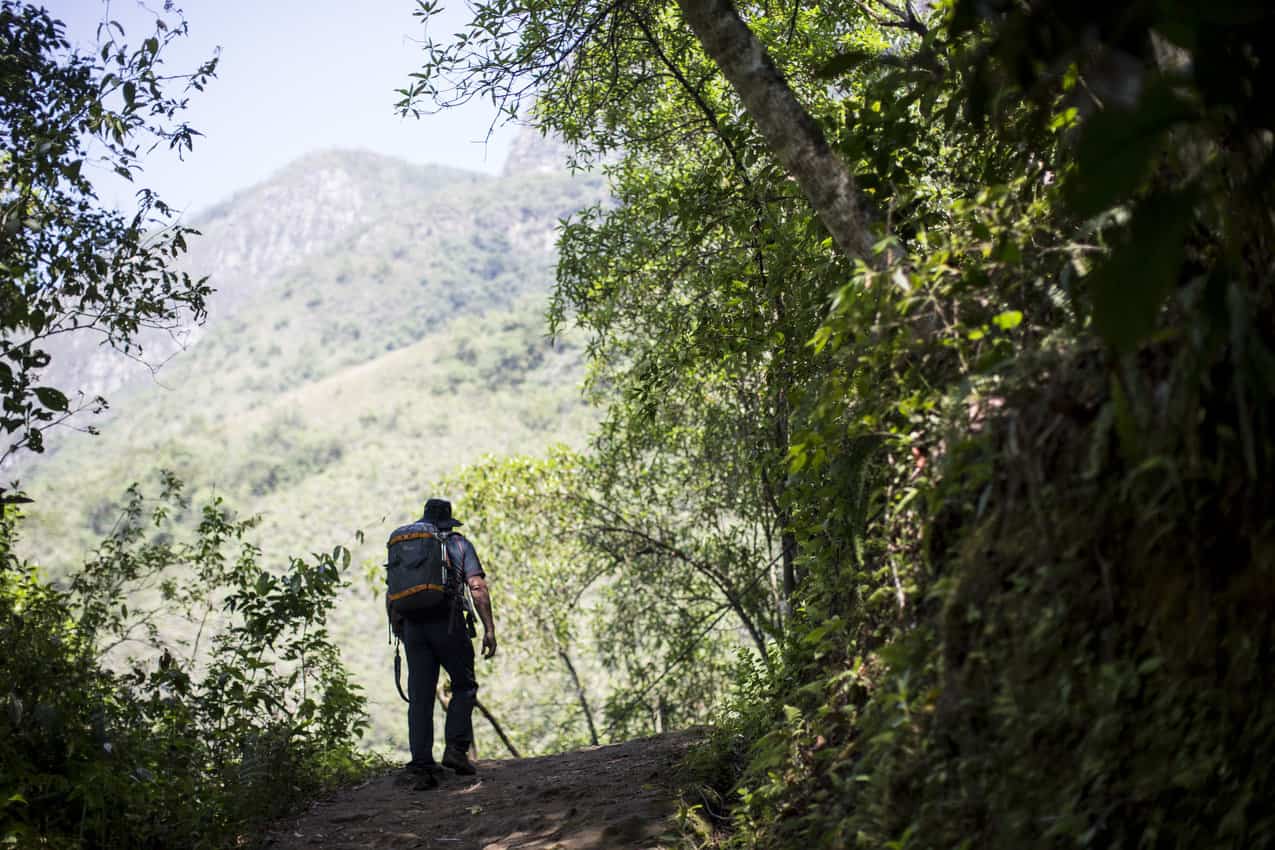
pounded down on the canvas. “I thought this was the Cloud Forest, not the Rain Forest,” someone said. “It’s more like the Mud Forest,” I added.
The Chachapoya, a Quechua word meaning People of the Cloud Forest, lived in this remote region more than a thousand years ago. By the time the Spaniards arrived, most had either been killed by the Incas or died from disease. Because the area was so remote and the high altitude jungle so difficult to explore, the Chachapoya were forgotten.

Looters discovered their ruins some years ago, and angry that there was no gold, hacked up the mummies, textiles, and pottery.
“It’s important to find all the remaining Chachapoya sites before the looters get there,” said Lerche, “The average farmer makes only two dollars a day, but finding one Chachapoya mummy, textile or unbroken pottery would earn him enough money on the black market to live on for years.”
By morning, we headed for Chiquillo, where Lerche thought there might be the remains of a Chachapoya stone house. “Will we find mummies?” I asked. “Mummies!” he snorted.
“Mummies are not in round houses! They’re high on the cliffs, and you need permission from the National Institute of Culture to get anywhere near them.”
“But I was told we’d be looking for mummies?”
“You can’t go anywhere here without permission, and besides, how would you get up the cliffs without ropes?”
I tried to hide my disappointment and asked, “Why don’t we just go explore anyway? Who’d see us?”
“The jungle has many eyes,” Lerche answered.
We climbed a never-ending hill and I sucked in the thin air. We were at 12,000 feet when we ran out of trail. Using their machetes, Lerche and the cook/guides hacked away at the thick underbrush. The climb was so steep that when I slipped, I rolled about ten feet and fell into a huge hole.

I had to be helped out. After that, I grabbed for every vine, even though covered in prickly thorns. After hours of climbing and my palms completely scratched, we all reached the top where Lerche was happily examining an exposed round stone house. “Look!”
He pointed at a zigzag linear pattern cut into the stone. “Here is a greca. This is very rare. Usually, they used a triangular or rhomboid design, like a feline’s eye. This is most unusual.”
I would have preferred to see a rare mummy but didn’t have time to think about it because suddenly Lerche took off again. We flew after him back down the mountain. Then, we had to cross a raging river which meant balancing on one slippery boulder in ice-cold water up to the waist, then jumping to the next rock without falling in.

Next, we hacked our way through thick brush, watching out for poison ivy, sinkholes and snakes. Finally, we arrived at a summit and looked out to a patchwork of green and brown fields surrounded by more mountains swirling in fog. Just when I thought it couldn’t get more beautiful, we walked through a field dotted with yellow and purple wildflowers.
Even better was descending into a magical forest known as Le Jardin where ferns and trees were twisted into eerie shapes. Some chose to ride, but I walked.
Another day, we were trekking along when we came upon a burial cave known as a chulpa, on top of a green mound. Inside were human skulls and bones. It was very eerie.. Later on there were more chulpas with bones and skulls scattered everywhere. Peter explained that looters had smashed through the walls and hacked away at the bones. It saddened me to see it.
On our last day, we climbed to a place called La Joya (the jewel) and looked out at mountains and emerald valleys stretching to the horizon. We’d been slogging up mountains and through jungles for eleven days, and I was too exhausted to appreciate the view.

When we headed down, I thought we were on our way back to Leymebamba and hot showers, but Lerche led us up another hill. “There’s something here!” he called down. We scrambled up and waited as Lerche cut away the thick brush, exposing a frieze with a red rhomboid pattern.
He kept chopping away the greenery until we could suddenly see the roundhouse and, in a couple of hollows, two stone panthers with smiling faces. “These have been sitting here at least a thousand years,” said Lerche. “We don’t even know what kind of tools they had, and yet they could carve these amazing cabeza clavas.”
Wrapping the Panthers
Very carefully, Lerche wrapped the stone panthers in his windbreaker and fleece jacket. “We will bring these back to Leymebamba and I will have them put in the museum.”
I wondered, were these panthers part of a religious ceremony? Did they belong to a chieftain? It didn’t matter. What mattered was that slogging in mud, crossing raging rivers, and hacking through the mountainous jungle had all been worth it because we’d gotten to the panthers before the looters.
I followed behind Lerche as he started very slowly down the mountain, a wrapped treasure cradled under each arm.
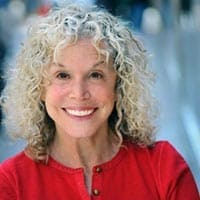
Margie Goldsmith is a NYC-based author, writer and photographer who has explored 145 countries on seven continents including both the North and South Poles. She has won 101 creative writing awards including the prestigious Lowell Thomas Journalism Gold Award and has written over 1,200 articles including for Business Jet Traveler, Travel + Leisure, Bloomberg Pursuits, Shondaland, and Forbes. Author of two books, when not traveling she plays blues harmonica.
- Peru: Searching for Mummies in the Cloud Forest - September 14, 2023
- Quebec City: A Foodie’s Paradise - February 13, 2016
- The Spacious Ballantyne Hotel in Charlotte NC - January 7, 2016


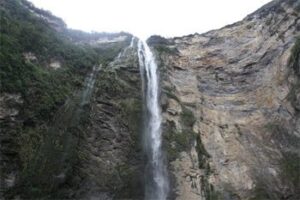

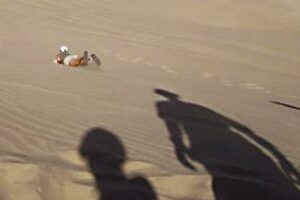
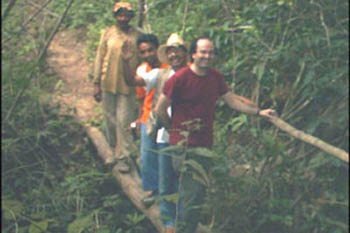
Absolutely not. The only Don Peter I can find is someone who works out of Malaysia. What on earth would Don Peter know about Chachapoyan mummies? His first sentence (after headline mention) talks about the sudacas —a pejorative term for South Americans by Spaniards. And who is Bernhard to call Lerce totally wrong? Sounds to me like one jealous German against the German Lerche, who married into Chachopan culture. How dare someone call Peter wrong when all he was doing was trying to preserve mummies the grave robbers had not yet stolen.
“The bad white guy private report” adds nothing. And what is the missed opportunity? I would say it was the opportunity of the lifetime that Lerche was able to find two very well hidden im[ortant Chachapoyan obects and bring them to the museum.
Finally, Lerge was the one who first discovered the mummies. Sonya took his findings and stole the credit for the find.
Only Borchert had the right attitude, hoping the treasures made it to the museum.
Thanks,
Margie
The headline says already everything… a postcolonial trip to the sudacas with ingredients of theatrical archaeology in the style of Charles Wiener, the age of Peter is totally wrong, “Lerche” doesn’t show a lot of respect for Don Peter, huacero-like conspiraces, etc.
Every private report shows more depth, e.g. http://www.baldwhiteguy.co.nz/photos/chachapoyas.html.
A missed opportunity in one of the “real” remote places in our world! What a shame!
Wow, what an adventure! I hope the treasures did make it to a museum.